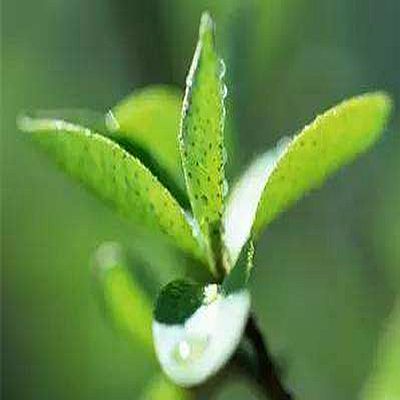Arginine ——Precursors of polyamine synthesis of plant endogenous hormones
Arginine is one of the amino acids with the highest N / C ratio in plants. It can bind a lot of nitrogen with little carbon. It has long been found that arginine in apple trees has the function of storing nitrogen nutrition. It is the main form of storage, transportation and reuse of nitrogen compounds before and after dormancy and germination of apple branches. The contents of arginine and aspartic acid were the highest among all amino acids in Apple Roots during overwintering. After overwintering, the contents of soluble nitrogen compounds also increased the most. Moreover, arginine is polyamine, nitric oxide, creatine, glutamate γ- Aminobutyric acid and herring arginine are important biosynthetic precursors, while polyamines and nitric oxide are important messenger molecules in organisms and participate in almost all biological processes including growth and development and stress resistance. Arginine and its metabolites have very important physiological functions in the whole life process of plants. Arginine is a precursor for the production of NO and PA. It can participate in many physiological and pathological processes of animals and plants by transforming to messenger molecules such as polyamine and nitric oxide. Plant roots not only have the functions of fixation, absorption, synthesis and storage, but also have the function of perception. It can sense and recognize environmental changes and produce and release a variety of messenger molecules, such as the formation, release and transmission of abscisic acid under drought conditions. Plant roots are rich in arginine, and a large amount of arginine is stored in fruit tree roots. Alfalfa roots also contain a large amount of arginine, which will gradually accumulate from mid September to mid November with the decrease of temperature, and this change is of great significance for roots to perceive low temperature and adapt to the growth of severe winter and early spring. Arginine can regulate plant growth and development through its metabolites and related enzymes. Arginine can also form polyamines under the catalysis of ADC and other enzymes, which can induce lateral root formation, regulate fruit development, promote flower bud differentiation and pollen germination. Germinated seeds, seedlings and pollen are usually rich in free arginine. Seed germination and seedling growth will involve the role of polyamines and NO and the utilization of stored nitrogen, which may be related to vigorous arginine metabolism. Arginine may play a role in promoting flower formation by transforming into polyamines, because polyamines have long been recognized by humans to promote bud and pollen germination, improve fruit setting rate and apple flower bud formation.

